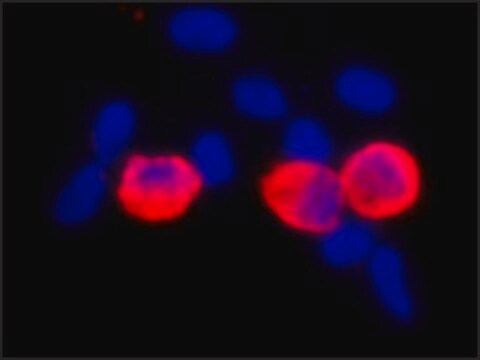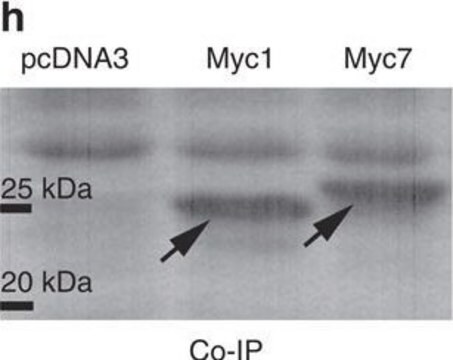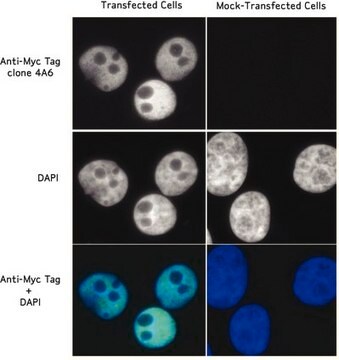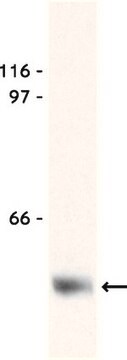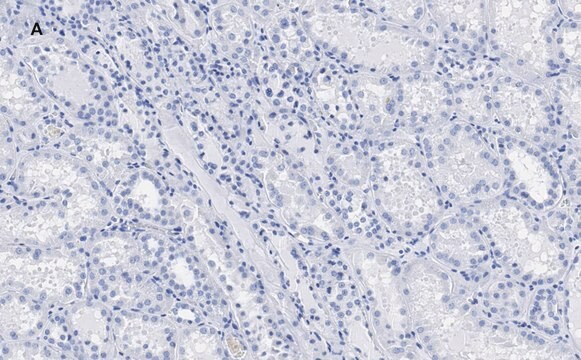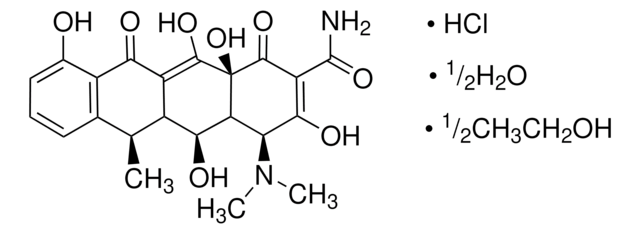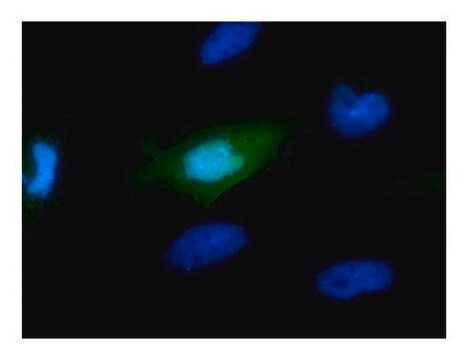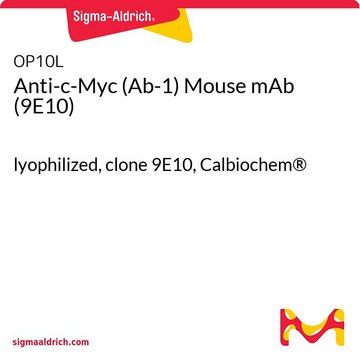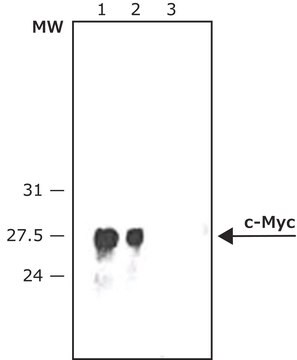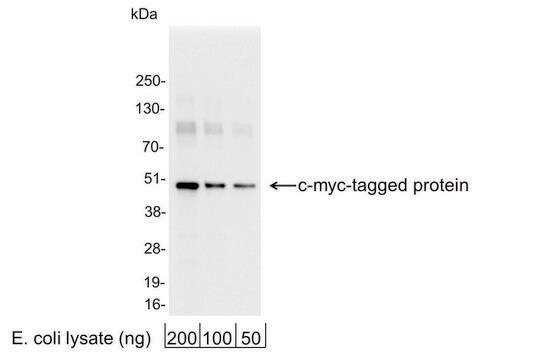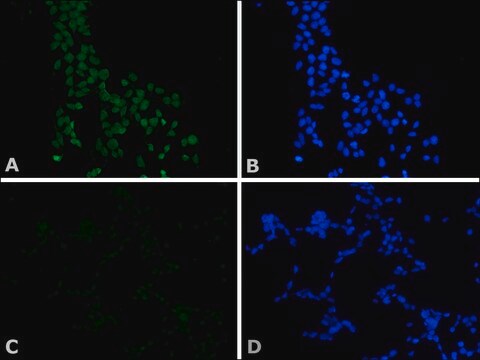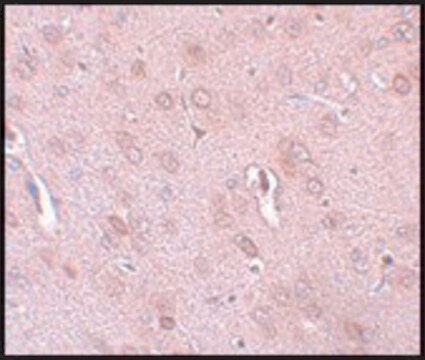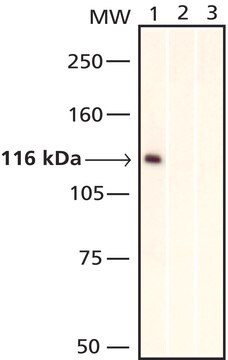M4439
Anti-c-Myc antibody, Mouse monoclonal
clone 9E10, purified from hybridoma cell culture
Synonym(s):
Anti-c-Myc
About This Item
Recommended Products
biological source
mouse
conjugate
unconjugated
antibody form
purified from hybridoma cell culture
antibody product type
primary antibodies
clone
9E10, monoclonal
form
buffered aqueous solution
mol wt
62 kDa
species reactivity
human
concentration
~2 mg/mL
technique(s)
immunocytochemistry: suitable
immunohistochemistry (formalin-fixed, paraffin-embedded sections): suitable
immunoprecipitation (IP): suitable
microarray: suitable
western blot: 1:5000 using c-myc tagged fusion protein
UniProt accession no.
shipped in
dry ice
storage temp.
−20°C
Gene Information
human ... MYC(4609)
Looking for similar products? Visit Product Comparison Guide
General description
Immunogen
Application
Biochem/physiol Actions
Physical form
Preparation Note
Not finding the right product?
Try our Product Selector Tool.
recommended
Storage Class Code
10 - Combustible liquids
WGK
WGK 3
Flash Point(F)
Not applicable
Flash Point(C)
Not applicable
Choose from one of the most recent versions:
Already Own This Product?
Find documentation for the products that you have recently purchased in the Document Library.
Customers Also Viewed
Our team of scientists has experience in all areas of research including Life Science, Material Science, Chemical Synthesis, Chromatography, Analytical and many others.
Contact Technical Service

